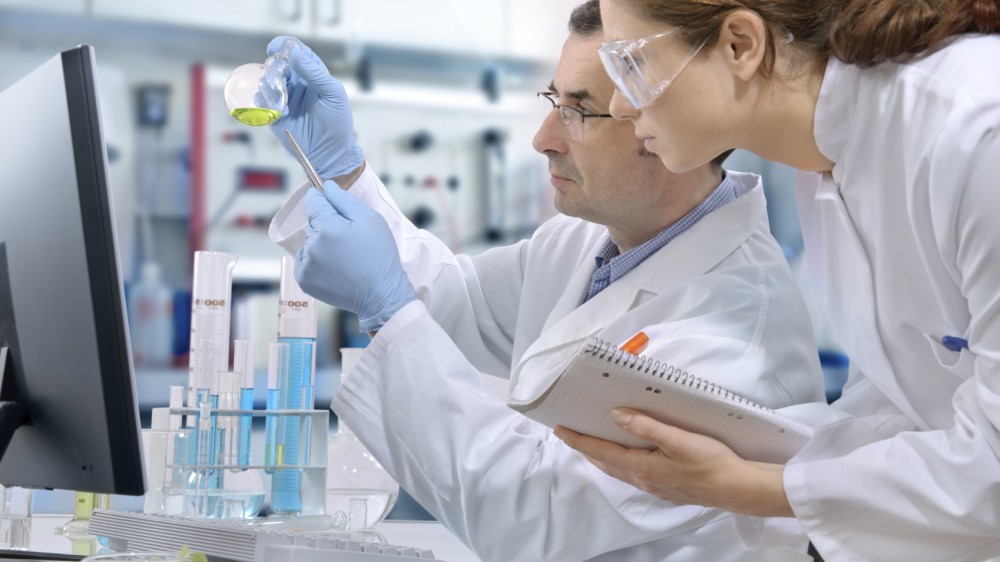Identical twins have the same DNA. If both twins went through a DNA test for ancestry, you may think they would have almost the same results. However, that’s not the case. According to many studies done by professionals showed that twins don’t get identical results from the DNA test kits of a single company. In addition, it is also estimated that individuals get different results from different organizations. In one case, an organization discovered that one of the twins had 13% European DNA.
On the other hand, the other twin had 3% broadly European. The ancestry DNA testing in plano showed that the twin had DNA matched with other specific regions in Europe. Moreover, the twins had their DNA tested by many companies, and all of them gave different results.
Why are there differences?
You may be thinking about why these scenarios have so many differences. The diversity in these ancestry DNA tests doesn’t mean that genetic science is a fraud, and the organization is coming up with these percentages independently. These situations may have to do more with the limitations of science and the assumptions that organizations make when analyzing your DNA.
Companies use marketing tactics to sell their DNA test kits.
Many organizations like ancestry.com and 23&me provide you with the accurate ancestry history of their clients. For instance, they would say you are 20 percent Colombian. In addition, they also market their DNA paternity testing in mcallen saying that these results will reveal something meaningful and beautiful about your DNA history. Moreover, if you see 23andMe says your DNA tells the story about you and how you are connected to others in the world. Furthermore, the DNA testing companies are also partnering with travel organizations so that their customers can spend some time in the areas where their ancestors lived.
Similarly, another organization like MyHeritage gives your analysis written: “our DNA test offers you the powerful experience of discovering what makes you unique and learning where you come from.”
The thing that must be noticed is that these reports are made from the probabilities that become different from organization to organization. In addition, there are also some built-in errors. Even time also plays a vital role in DNA testing as with time, more and more people will join it, and databases will be enhanced.
Many organizations have put this data onto their websites, but you must crawl a bit to find it. However, you might have bought the DNA test kits without coming in contact with this data.
Growing of ancestry testing
According to the study done by MIT, almost 26 million people or more have taken genetic ancestry testing to know about their roots. In addition, according to the tech reviews in 2018
the number of DNA test kits purchased has surpassed the sales of past years combined. Most of the time, these tests cost only 60$ to 100$ or more if they have health information. As this market grows, consumers need to know what these tests tell them.
Breaking down the findings
So, what would it mean if a company tells you that you are 40% Greek? To understand these figures. You have to fully understand what these processes are looking for. In addition, the assumptions they have to make in order to guess your ancestry. Even though the ancestry DNA tests deliver accurate results about your heritage. However, it is best to consider these results as estimates based on insufficient data.
Breaking the whole processes step by Step
First Step: a collection of sample
There are almost 3 billion base pairs in our genetic code. This makes up the whole human genome. You have to spit in a tube and send it to the organization doing your ancestry testing. Almost every human has 99.9% shared DNA. So to make the process fast, organizations look out for the post in the genome where people vary from each other.
Second Step: comparison of the DNA
Besides the errors, the results we get from the ancestry DNA testing should be the same. This could only happen if they are analyzing the same set of SNPs. But the organizations evaluate the raw data. Differently, that’s why one company’s results are different from others. Companies like MyHeritage or Ancestry.com take the sample of your SNPs and compare it to the known reference groups. These DNA test Kits evaluations look for the evidence you have in common with your reference groups.
Step 3: computer makes the best assumptions
Organizations don’t match your ancestors. They give you a particular percentage. As a result, your DNA tests display that you are 23 % European, 24 % Chinese, and so on. This is where computer programs help you put ancestors in different combinations to get a similar variation of SNPs. The computer looks for the best fit rather than the perfect one,
There are many interesting and amazing details about animals Birds that you may not have known. For example, Flowers That Look Like Birds Whether you’re interested in animals as pets, food sources, or natural history, you’ll find the information you need on About Animals.


 Home
Home










